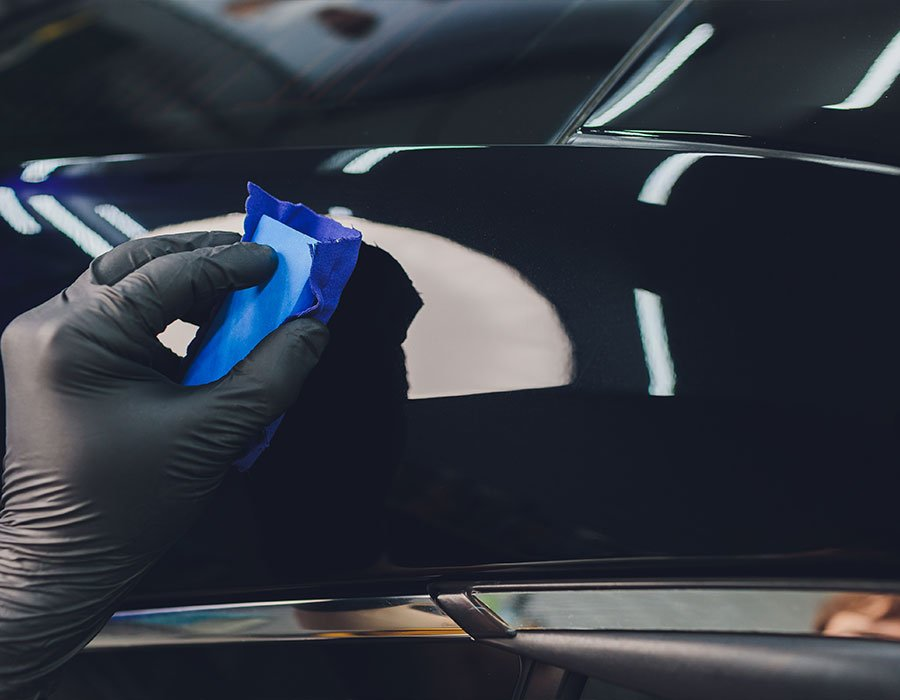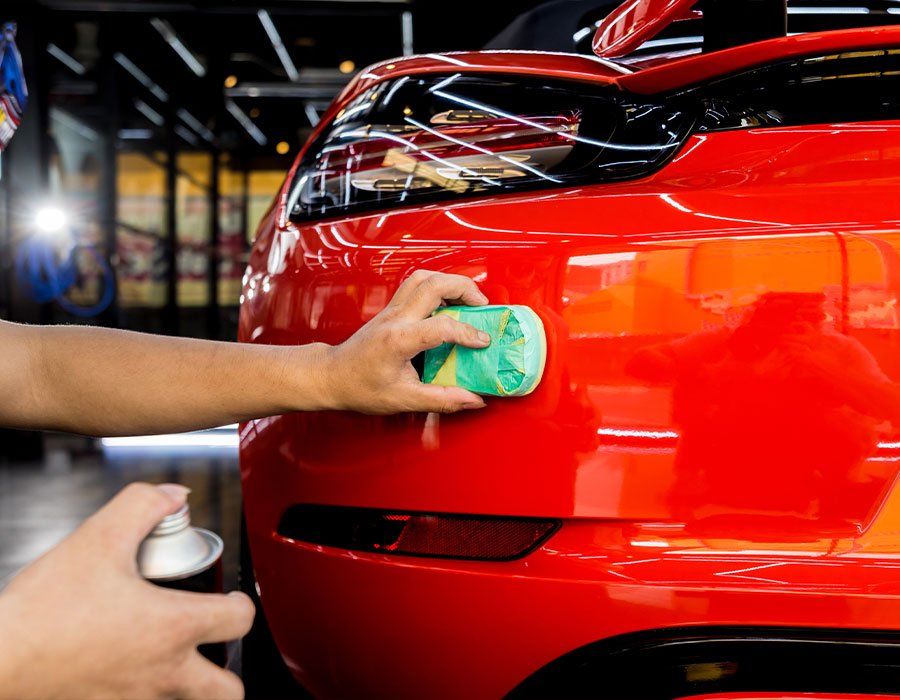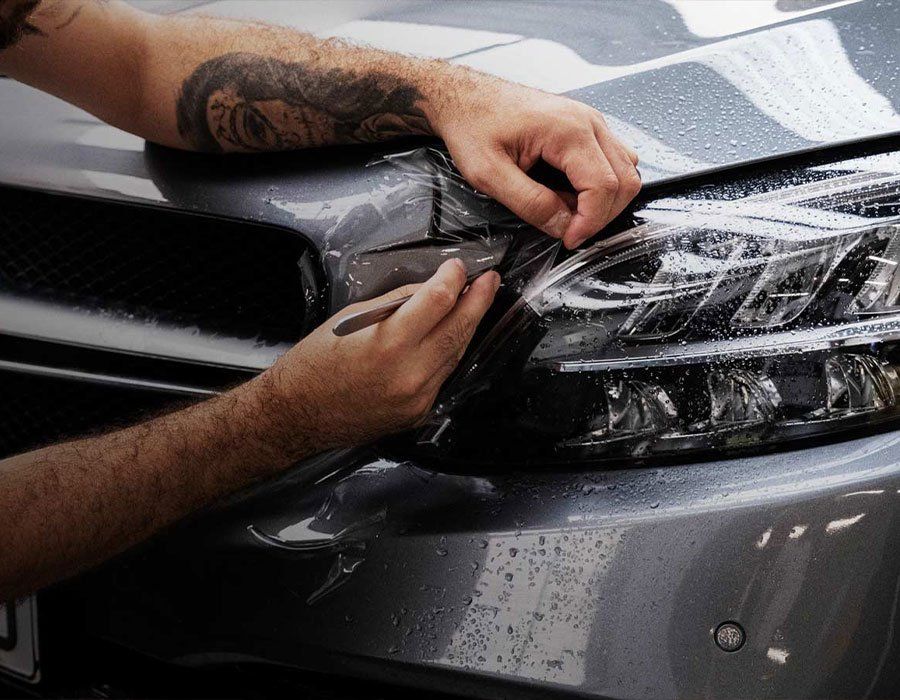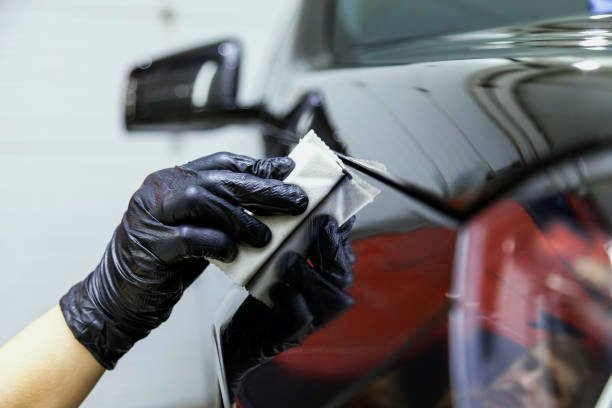Debunking Common Myths About Ceramic Coating: Separating Fact from Fiction
Ceramic coatings are a solid shield, yet they don't make your vehicle scratch-proof. They provide good protection against light damage, like swirl marks. But take it from someone who remembers feeling the sharp sting of disappointment when a key left a scratch on a freshly coated car—ceramic coats aren't immune to sharp objects or heavy forces. Cars might not all get equal gains from having a ceramic coating either. Like how you wouldn’t wear rain boots in the desert, some vehicles simply won’t benefit as much from a ceramic coat, depending on their usage patterns. But we can dive deeper into that later.
One common myth is that a ceramic coating makes a car scratch-proof. The truth is that while ceramic coatings provide excellent resistance against light scratches and swirl marks, heavy impacts or sharp objects can still leave scratches. It's important to understand that while ceramic coatings offer numerous benefits, they are not a cure-all for vehicle protection.
Myth #1: Ceramic Coating Is a Permanent Scratch Solution
When it comes to the belief that ceramic coatings provide an invincible shield against scratches and swirl marks, it's crucial to separate fact from fiction. Ceramic coatings do indeed offer an impressive level of resistance to light scratches and swirl marks due to their durable nature. This means that daily abrasions like those caused by bushes or flying debris won't easily mar your car's paint finish. However, it's important to understand that ceramic coatings are not impervious to every type of impact.
For instance, while a ceramic coating may effectively protect your car's paint from minor abrasions caused by natural elements, aggressive occurrences such as scratches from a key or rock may still be able to penetrate the coating and damage the underlying paint surface. In essence, ceramic coatings provide excellent overall protection, but they are not an absolute solution for all types of scratches and impacts.
Understanding this distinction is vital for car owners, who may have unrealistic expectations about the protective capabilities of ceramic coatings. By acknowledging the strengths and limitations of ceramic coatings, individuals can make informed decisions about their vehicle maintenance and care routines.
Imagine a scenario where a driver assumes that their freshly applied ceramic coating eliminates the need for caution when parking near bushes or trees. While the coating provides resistance against minor abrasions, a sharp branch could still cause visible damage if it comes into forceful contact with the vehicle's surface.
This example serves as a reminder that while ceramic coatings provide valuable protection, they should be viewed as part of a comprehensive approach to vehicle care rather than a standalone solution for all potential risks. By addressing this myth head-on, we can gain a more realistic understanding of the protective benefits offered by ceramic coatings. Let's further explore other misconceptions surrounding this automotive enhancement to ensure informed decision-making.
Myth #2: All Vehicles Benefit from Ceramic Coating
Ceramic coating is often advertised as a one-size-fits-all solution for vehicle protection, but the reality is much more nuanced. While ceramic coatings do offer valuable protection against environmental factors for most vehicles, their benefits can vary depending on the type of vehicle and its typical usage patterns.
Imagine two different vehicles: a daily commuter car and a high-end sports car used in various weather conditions. The daily commuter car rarely encounters extreme conditions or harsh elements, and it may spend most of its time on well-maintained roads. In this scenario, the benefits of a ceramic coating may be less pronounced compared to a sports car, which may be exposed to more varied and challenging environments.
When considering vehicles used for off-roading, frequent long-distance travel, or in areas with extreme weather conditions, greater benefits from ceramic coatings become apparent due to the additional protection they provide. For instance, an SUV used for off-roading adventures might experience more wear and tear from dirt, rocks, and environmental hazards, making a ceramic coating particularly advantageous.
Furthermore, the material of the vehicle can also influence how much it benefits from a ceramic coating. Different materials, such as aluminum, steel, and carbon fiber, may react differently to environmental elements and thus require varying levels of protection. This means that while ceramic coatings do offer protection for most vehicles, not all vehicles will have the same degree of benefit.
Take for instance, a classic vintage car - It's used occasionally and is typically stored in a garage under controlled conditions. Due to its limited exposure to environmental elements and limited usage, this type of vehicle may not experience significant benefits from a ceramic coating compared to a daily-driven vehicle or one exposed to harsh outdoor conditions.
Therefore, while ceramic coatings can indeed benefit most vehicles by providing a protective layer against environmental elements, it's essential to recognize that they are not universally beneficial in the same way across all vehicle types and usage patterns. Understanding these nuances allows vehicle owners to make informed decisions about whether ceramic coatings are truly advantageous for their specific circumstances.
Myth #3: Ceramic Coating Makes Cleaning Easier
It's commonly believed that once you've coated your vehicle with ceramic protection, it becomes a breeze. While ceramic coatings do offer resistance against dirt and water to some extent, it's important to understand the reality of how the coating affects the cleaning process.
Ceramic coatings act as a shield against contaminants to an extent, making it easier to remove dirt with regular maintenance. The hydrophobic nature of ceramic coatings repels water and helps prevent dirt from sticking to the paintwork as much as it would without the coating.
However, it's important to recognize that this doesn't eliminate the need for regular washing. Ceramic coatings reduce effort for cleaning and maintenance, but they do not abolish the necessity of gentle washing with soft towels and avoiding harsh chemicals. Over time, accumulated contaminants may still damage the coating and paintwork, hence making regular washing an essential practice even with a ceramic coating in place.
To put it in perspective, think of a raincoat. It makes you less likely to get wet on a rainy day, but if you went out during a storm and didn't take the coat off and dry it afterward, it wouldn't work as well the next time. The same principle applies to ceramic coatings—while they provide a level of protection, they still require care and maintenance to function optimally.
Some might argue that this negates the purpose of using ceramic coating altogether if extensive washing is still necessary. However, it's vital to understand that while ceramic coatings don’t eradicate regular cleaning requirements, they significantly ease the process by reducing the effort required and providing extra protection between washes.
By uncovering this myth about ceramic coatings, we can truly comprehend their role in simplifying the cleaning process while acknowledging the necessity of consistent maintenance for optimal performance.
Myth #4: Ceramic Coating Provides Extreme Heat Resistance
Ceramic coatings are often celebrated for their ability to shield vehicles from heat exposure and ultraviolet (UV) rays, contributing to preventing paint oxidation and fading. This has led to the misconception that ceramic coatings make vehicles impervious to extreme heat. While ceramic coatings do offer significant protection against heat and UV rays, they don't render a vehicle completely fire-proof.
Heat resistance is undoubtedly a valuable attribute of ceramic coatings. It's important to understand that this doesn't mean your car becomes invincible to extreme temperatures; ceramic coatings have their limits. Placing your vehicle too close to an open flame or exposing it to severe fire will still cause damage, regardless of the presence of a ceramic coating.
Factors Affecting Heat Resistance
The heat resistance of ceramic coatings can vary based on the specific formulation and application method. High-quality ceramic coatings can withstand temperatures up to 1200°C (2192°F) without degrading. Different types of ceramic coatings may have differing heat resistance properties, making it crucial to consider the specific product being used. Moreover, factors such as thickness, application technique, and the underlying surface material can influence the heat resistance of ceramic coatings.
It's remarkable that ceramic coatings can withstand such high temperatures, but it's equally vital to recognize their limitations, especially when exposed to extreme conditions.
Understanding Limitations
While ceramic coatings provide significant heat resistance, they are not completely impervious to extreme temperatures and may still require proper care and maintenance to ensure longevity. Exercising caution around extreme heat sources remains essential, even with a ceramic-coated vehicle.
Even with the protective shield of a ceramic coating, exercising caution around extreme heat sources remains essential. This understanding empowers car owners to make informed decisions about how they care for their vehicles in diverse circumstances.
In summary, while ceramic coatings offer substantial protection against heat exposure and UV rays, it's crucial for car owners to recognize their limitations and continue to exercise care in high-temperature environments.
Myth #5: It's An Expensive Detailing Option
There's a popular misconception that ceramic coating is an expensive luxury—something only for those who are willing to splurge. However, the truth is quite different. While there is an initial cost, it’s essential to consider the long-term benefits and overall value.
Ceramic coatings offer unparalleled, long-term protection for your vehicle. Once applied, these coatings create a tough, durable layer on the paintwork that shields it from various environmental hazards. This means you won't have to reapply every few months like you would with traditional waxes or sealants.
In the long run, this longevity translates to savings. With ceramic coating, you end up using less water, less soap, and fewer cleaning supplies over time. Additionally, the resilience of ceramic coatings means that your vehicle's paintwork remains vibrant and glossy for longer periods, reducing the need for expensive paint correction procedures down the line.
When weighing the cost of ceramic coating, it's important to take into account several factors that influence the overall expense. The size and condition of the vehicle play a significant role in determining the cost of the ceramic coating application. Larger vehicles naturally require more coating material, which entails a longer application process. Similarly, a vehicle in poor condition may necessitate additional prep work, contributing to an increase in labor costs.
Moreover, the brand and quality of the ceramic coating product used can influence pricing. High-quality ceramic coatings with stronger chemical bonds and higher durability often come at a higher price point. Nevertheless, investing in a reputable brand ensures superior protection and longevity.
Furthermore, the expertise of the applicator also impacts cost. Professional application by experienced detailing specialists ensures proper surface preparation and precise coating application, which reflect in the overall quality and durability of the ceramic coating.
Ultimately, while there may be an initial investment associated with ceramic coating, it's crucial to look beyond the upfront cost and consider the long-term savings and benefits it provides. When evaluated holistically, ceramic coating emerges as a cost-effective solution that offers unparalleled protection and preserves the aesthetic appeal of your vehicle for years to come.
Moving forward from dispelling myths about ceramic coatings, let's now uncover the truth about these protective sealants.
Conclusion: Unraveling the Truth About Ceramic Coating Myths
Knowledge is power, especially when making decisions that impact your vehicle's maintenance. It's crucial to recognize and comprehend the common myths surrounding ceramic coatings to make informed choices about using them as a protective measure for your vehicle.
Debunking these myths has revealed essential facts that empower car owners with deeper insights. We've learned that ceramic coatings aren't scratch-proof or a one-time application, nor do they eliminate the need for vehicle washing. They also don't make all maintenance effortless, and applying them requires expertise. These are vital points to consider when evaluating the benefits of a ceramic coating for your vehicle.
Understanding the realities behind these myths enables car owners to become discerning consumers. Instead of relying on misconceptions, they're equipped with accurate information to make well-informed decisions about their vehicle care.
For instance, knowing that ceramic coatings are not scratch-proof reminds us of the importance of gentle washing with soft towels and avoiding harsh chemicals. This knowledge ensures that car owners are aware of the necessary care practices, maintaining the effectiveness of the coating over time.
By dispelling myths and understanding the true nature of ceramic coatings, consumers can confidently explore this option as part of their vehicle maintenance routine.
Optimal Ceramic Coating Specialists in Towson, MD
Seeking premium protection for your vehicle's paint? Detail Solutions in Towson, MD, stands out as the optimal choice for ceramic coating specialists. Our meticulous application process ensures that every inch of your car is shielded from environmental damage, UV rays, and daily wear and tear. With our expertise and dedication to excellence, Detail Solutions guarantees long-lasting durability and a showroom-worthy shine. Don't settle for anything less than the best—trust Detail Solutions for unmatched quality and reliability in ceramic coating services. Schedule your appointment today and experience superior protection for your vehicle.
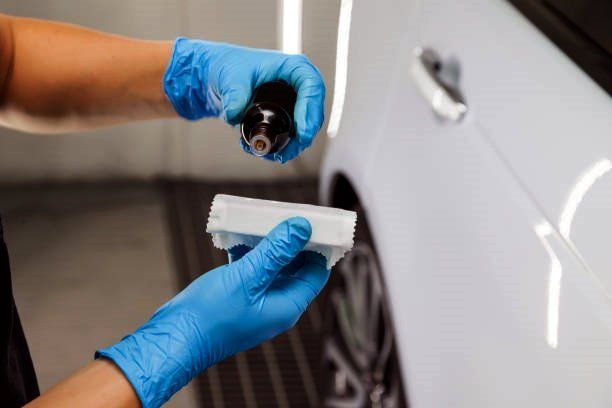
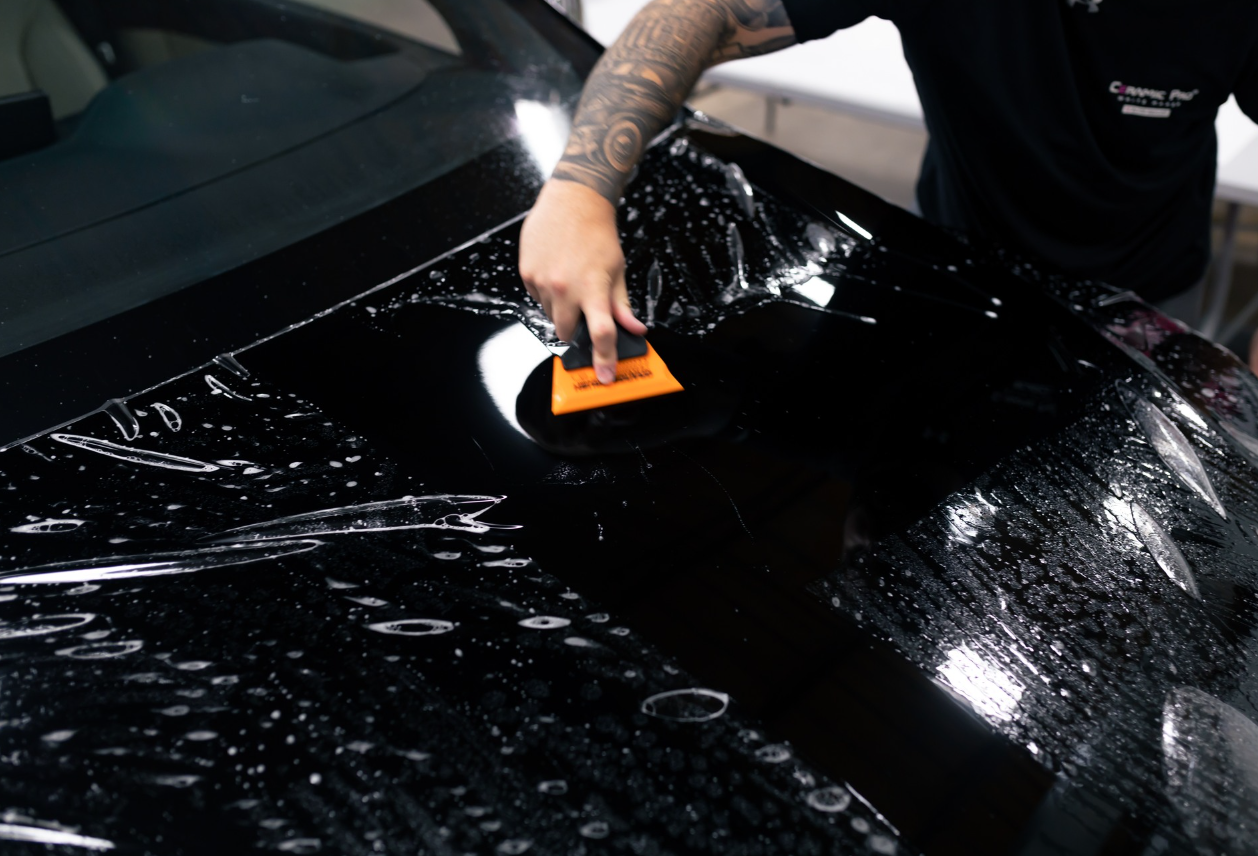

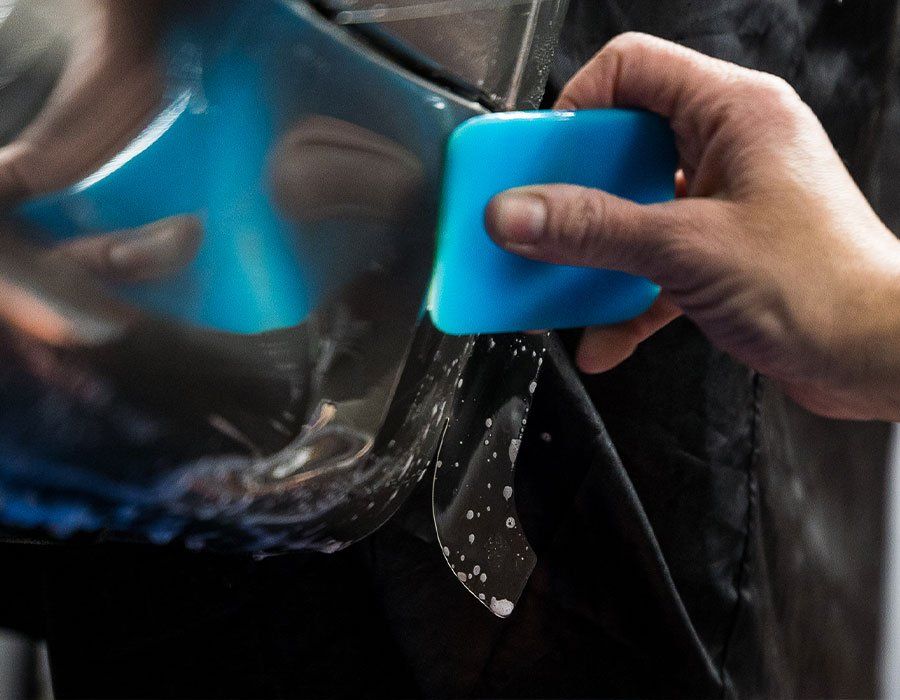
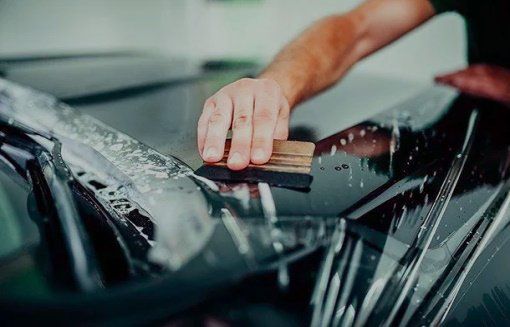
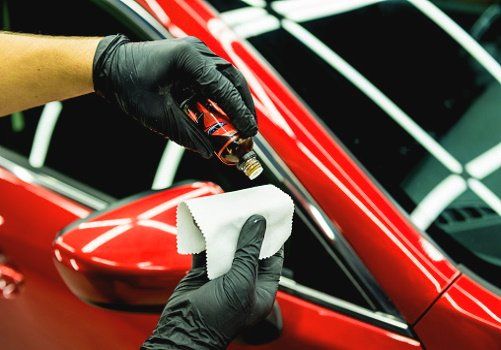
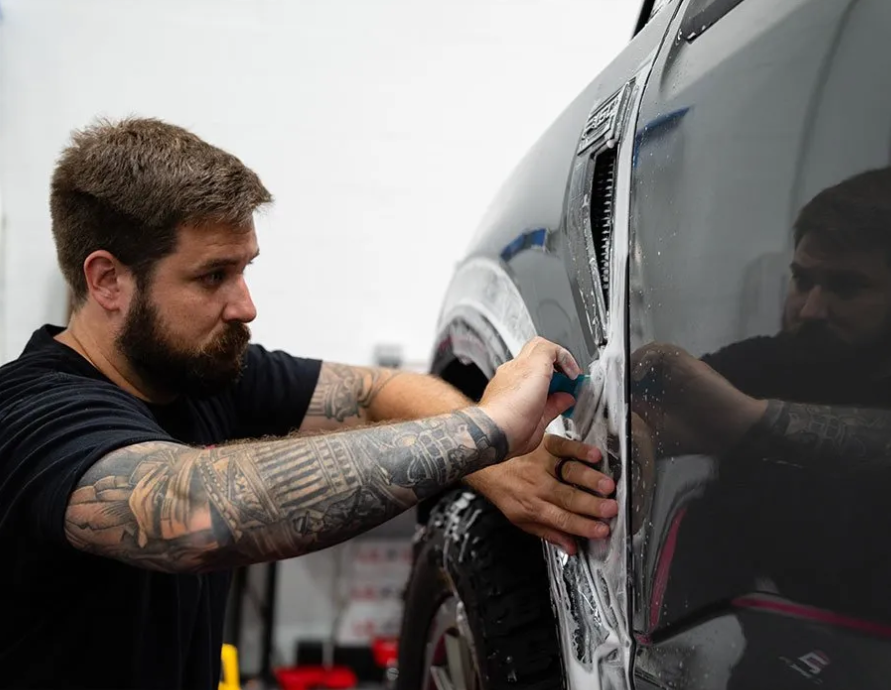
Locally owned and operated since 2011, Detail Solutions specializes in interior and exterior vehicle detailing, ceramic coatings, and paint protection film in the Baltimore area.
We also offer special pricing for Tesla owners along with free charging while being serviced on a Level 2 Tesla charger. Contact us today to inquire about any of our services including, wheel off cleaning, headlight restoration, vinyl wraps, chrome delete or a new vehicle service. So get in touch with us today to schedule a FREE estimate.
QUICK LINKS
OUR LOCATION
8967 Yellow Brick Rd, Rosedale, MD, United States
CONTACT US
SERVICE AREAS
BaltimoreDetail.com was designed by the team at Detailers Roadmap, a platform developed for detailing operators across the globe.
All Rights Reserved | 8bitcreative, LLC | Detail Solutions



